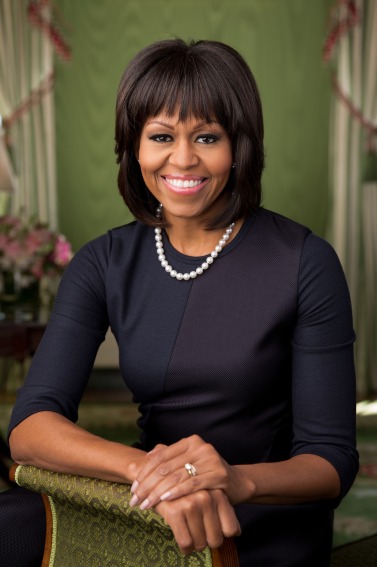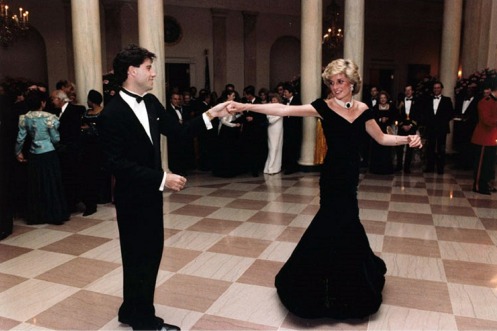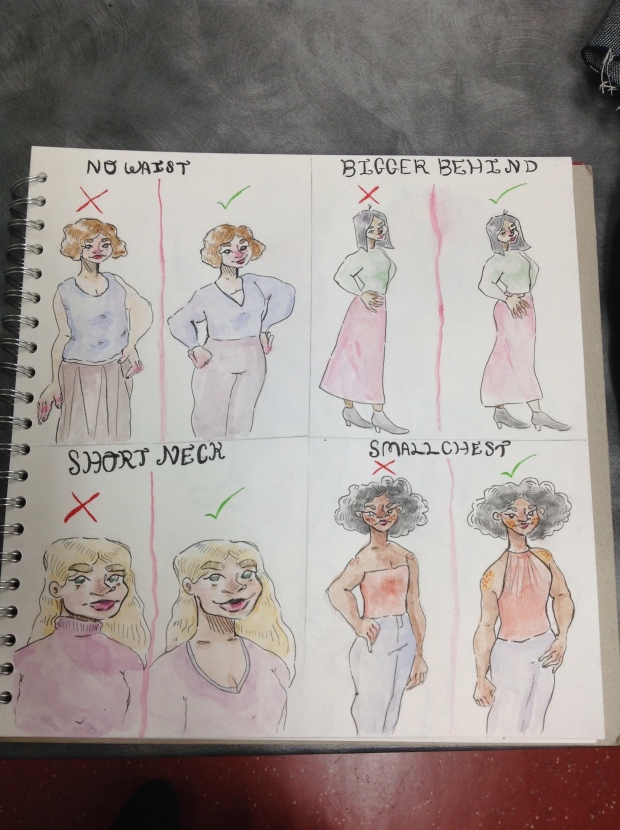Clothes make the man, or in this case, the woman. From Theresa May’s iconic leopard print heels to the infamous pant suit ensemble donned by Hillary Clinton and Angela Merkel, there’s no doubt people notice more than female politician’s political choices. However, while fashion can be used to influence and empower, some say it’s distracting and antifeminist. After all, how often do you see major media outlets discussing what male politicians wear?
“Women have always been judged on their appearance” and are “expected to dress for whichever ‘part’ it is that [they] want to play” (Walden). However, female politicians dress style often varies depending on the woman and her political message. The perfect example is German Chancellor Angela Merkel, whose “uniform of choice a sensible, boxy, three-button pantsuit” (Foreman). Merkel isn’t the only one who adores a sensible pantsuit: American politician Hillary Clinton is also well known for wearing this ensemble. Although it’s often mocked, the pantsuit helps Merkel and Clinton clearly convey their message: they may be women in a man’s world, but they’re strong and there to stay.


While Merkel and Clinton attempt to blend in with their male counterparts, women like British Prime Minister Theresa May and Christine Lagarde, the Managing Director of the International Monetary Fund, choose to embrace their femininity. By “resisting the trap of conforming to the ‘uniform’ corporate suit or dress,” they “[acknowledge] the power that clothing can have in the game that is politics” (Holt). Lagarde and May are both able to wield their political power through subtle fashion statements. Lagarde, for example, “was able to signal a turning point” during “a particularly gruelling session at one of the emergency summits held to keep the Eurozone from falling apart” by simply loosening her “watercolour scarf” (Young). May’s fashion choices also make a bold statement: “I know I have a brain and I’m serious so I can wear pretty shoes” (Holt).

Female politicians aren’t the only ones who find power and influence in fashion: wives of male political figures frequently use their sense of style to convey their point of view, as well as their husband’s. Michelle Obama, wife of former American president Barack Obama, strategically turned the tables on Tonight Show host Jay Leno when she said her outfit was from J. Crew (Friedman). Leno was expecting “sixty, seventy thousand for [her one] outfit” because the opposition party’s Vice Presidential candidate, former Alaskan governor Sarah Palin, had a $150,000 clothing budget for the campaign (Friedman). Obama understood she “could plant subliminal cues” about her and her husband’s political message “with her clothes” (Friedman). Fashion icon Princess Diana also utilized this method: she often “paid homage to the host nation” when visiting foreign countries for diplomatic reasons (Tashjian). American First Lady Melania Trump also followed this practice when “she accompanied her husband from Saudi Arabia through Israel to Italy, Brussels and Sicily” (Friedman). 
While women in politics have proved fashion can be an excellent tool of political expression, many believe fashion should have no place in politics. Opponents argue people “should focus [their] attention exclusively on what [politicians] say and do” and nothing else (Mangan). Furthermore, male politicians are typically under less scrutiny for their fashion choices. For example, “few people blinked over [Barack Obama’s] new $1,500 suit” or former presidential candidate “John McCain’s $520 Ferragamo shoes” (Givhan). However, it some argue the typical male politician’s “wardrobe of a half-dozen virtually indistinguishable suits” simply can’t wield as much power as women’s fashion because it lacks individuality and distinction (Givhan).
“Visual communication of our identities through dress and/or fashion is ubiquitous and a fundamental tool that proclaims who we are, both to ourselves and to people around us” (Sika). Whether it’s being used to convey political messages or individual style, there’s no doubt that fashion has power and influence. However, there are still many who insist fashion should be “as relevant as politicians being judged on their ability to swim” (Mangan). Who knows? Maybe women in politics wear heels to stay a step above the men.


